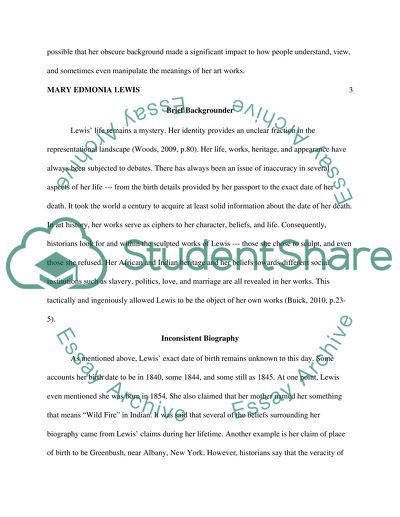Cite this document
(“Mary Edmonia Lewis: Art, Gender, and Ethnicity Research Paper”, n.d.)
Retrieved from https://studentshare.org/family-consumer-science/1412878-mary-edmonia-lewis-art-gender-and-ethnicity
Retrieved from https://studentshare.org/family-consumer-science/1412878-mary-edmonia-lewis-art-gender-and-ethnicity
(Mary Edmonia Lewis: Art, Gender, and Ethnicity Research Paper)
https://studentshare.org/family-consumer-science/1412878-mary-edmonia-lewis-art-gender-and-ethnicity.
https://studentshare.org/family-consumer-science/1412878-mary-edmonia-lewis-art-gender-and-ethnicity.
“Mary Edmonia Lewis: Art, Gender, and Ethnicity Research Paper”, n.d. https://studentshare.org/family-consumer-science/1412878-mary-edmonia-lewis-art-gender-and-ethnicity.


